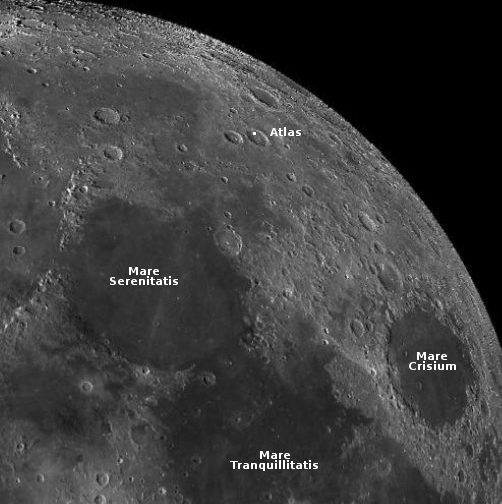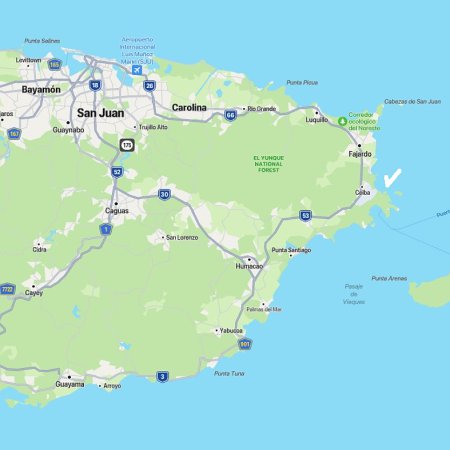South Korea commits $38 million to support space startups
The South Korean government has now established a space investment fund committed to raising $38 million to support startups in its nascent private space industry.
It will be interesting to see which management companies are selected to operate the fund and how the investment process will work. This initiative can potentially create exciting new opportunities for startups, entrepreneurs, researchers, and other stakeholders in the space industry and position South Korea as a leader in this field.
…The Korean Ministry of Science and ICT plans to invest 5 billion won [$3.8 million] this year to create a fundraising fund. The goal of creating a total fund of more than 50 billion won [$38 million] by 2027 is ambitious and demonstrates the government’s commitment to promoting private investment in the space industry.
It is very unclear what this project entails. Will the government budget the investment capital, or is it establishing a private venture capital investment firm that will in turn seek out the money from the private sector?
Either way, it appears the South Korean government wants to encourage the growth in a private commercial space industry.
The South Korean government has now established a space investment fund committed to raising $38 million to support startups in its nascent private space industry.
It will be interesting to see which management companies are selected to operate the fund and how the investment process will work. This initiative can potentially create exciting new opportunities for startups, entrepreneurs, researchers, and other stakeholders in the space industry and position South Korea as a leader in this field.
…The Korean Ministry of Science and ICT plans to invest 5 billion won [$3.8 million] this year to create a fundraising fund. The goal of creating a total fund of more than 50 billion won [$38 million] by 2027 is ambitious and demonstrates the government’s commitment to promoting private investment in the space industry.
It is very unclear what this project entails. Will the government budget the investment capital, or is it establishing a private venture capital investment firm that will in turn seek out the money from the private sector?
Either way, it appears the South Korean government wants to encourage the growth in a private commercial space industry.



